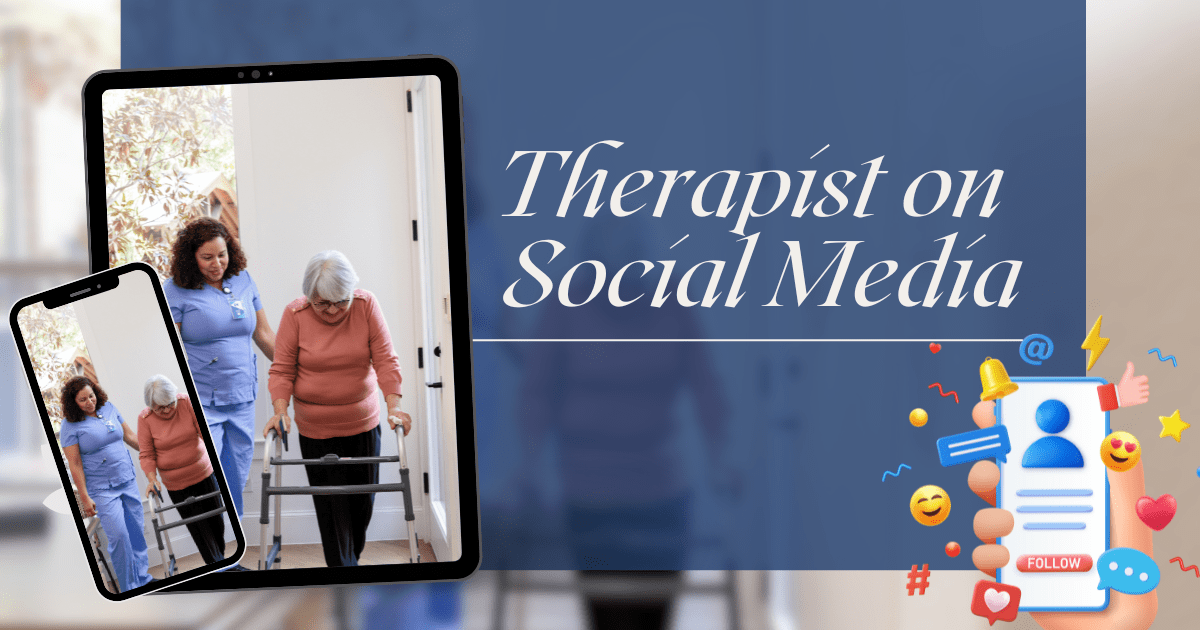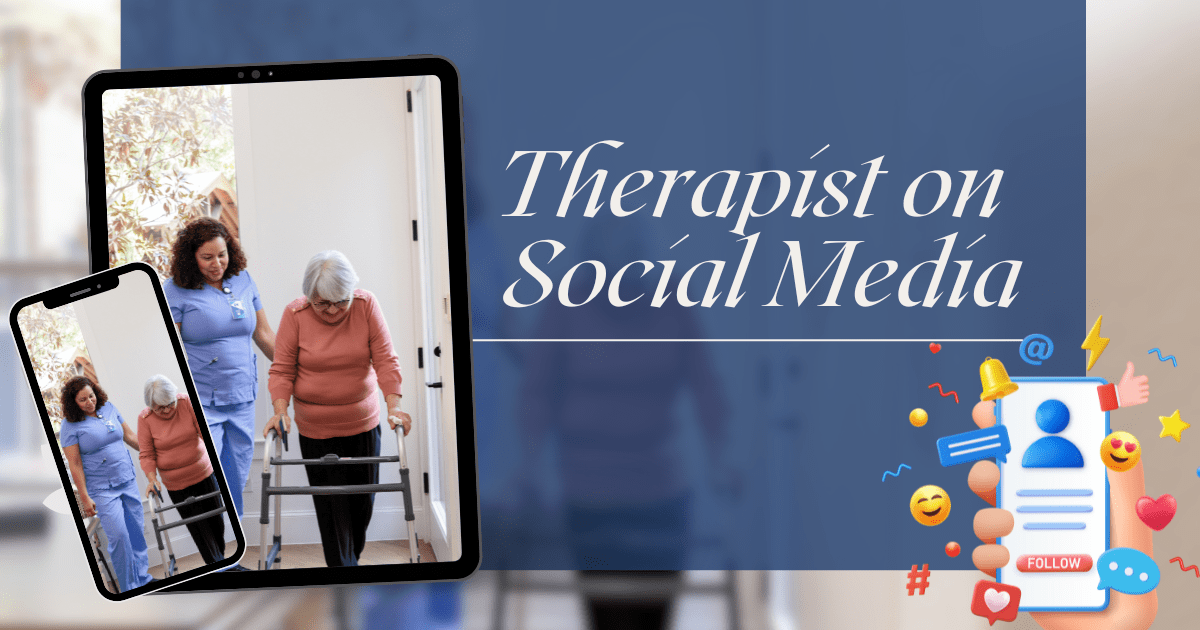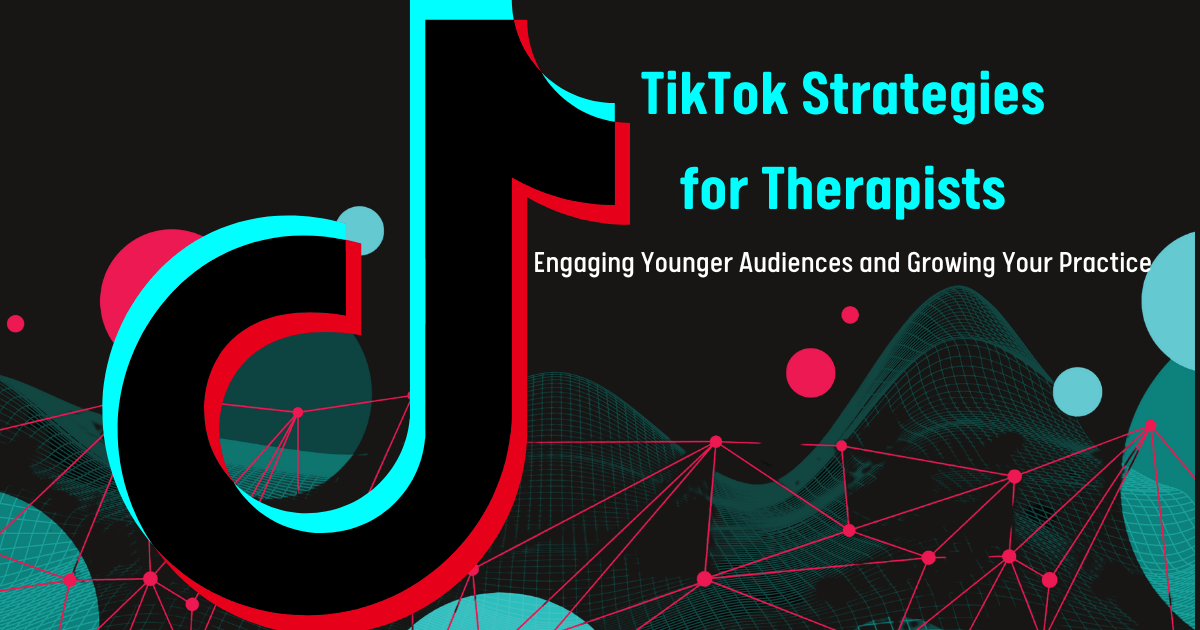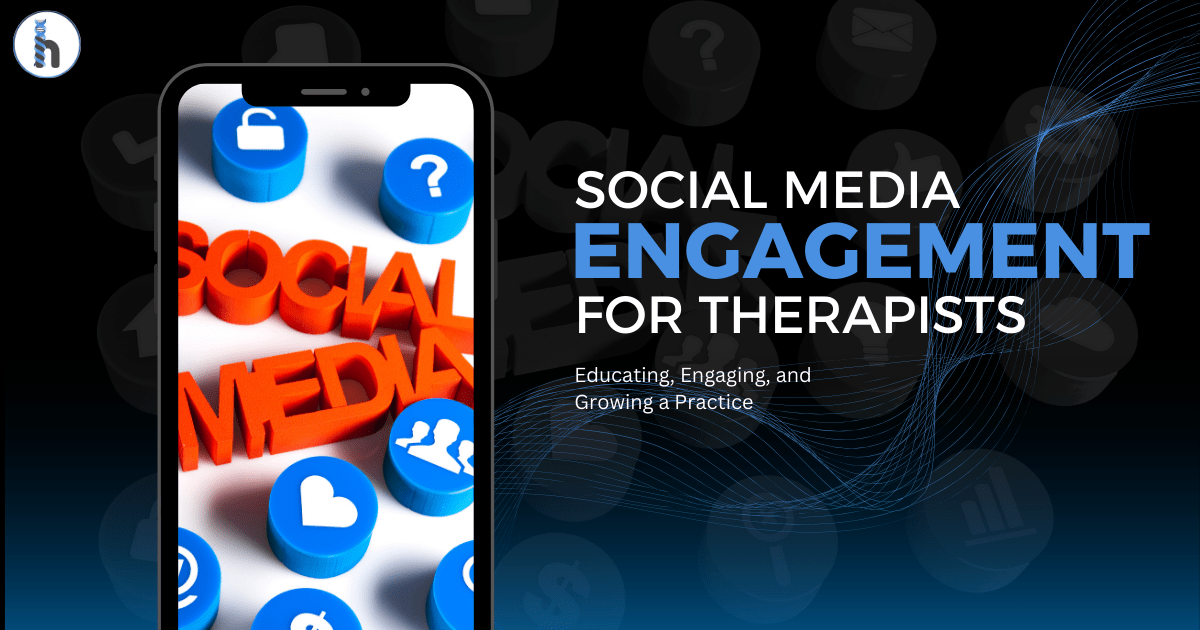The Hidden SEO Benefits of Blogging for PT, OT, and SLP Clinics

Introduction
For physical therapy, occupational therapy, and speech-language pathology clinics, having a strong online presence is essential for attracting new patients and maintaining credibility in a competitive market. While most clinic owners recognize the value of a well-designed website, fewer understand how regular blogging can significantly enhance search engine optimization (SEO), helping their practice appear higher in search results. This is particularly true for SEO for Therapy Clinics.
A blog is more than just an informational resource; it is a powerful tool that improves search rankings, increases website traffic, and builds trust with both patients and referral sources. When done consistently, blogging helps clinics rank for relevant search terms, establish authority in their field, and engage with potential patients before they even step through the door.
This article explores the hidden SEO benefits of blogging for PT, OT, and SLP clinics and explains how consistent, high-quality content can transform a therapy practice’s online visibility and reputation. For example, understanding how blogging helps PT clinics rank is crucial.
Improving Search Rankings Through Fresh and Relevant Content
Search engines like Google prioritize websites that consistently publish fresh content. Static websites that rarely update their pages can fall behind in search rankings, making it harder for potential patients to find them. Regular blogging signals to search engines that a website is active, relevant, and valuable to users.
Writing blog posts that focus on common patient concerns, therapy techniques, and industry advancements keeps content current while increasing the number of indexed pages on a website. The more high-quality content a site has, the greater its chances of ranking for relevant keywords that potential patients are searching for, helping improve search rankings for therapy clinic websites.
How Blogging Improves Search Rankings
-
-
Keyword Optimization: Blogging with targeted keywords (e.g., “occupational therapy for stroke recovery”) helps Google recognize your expertise, boosting your Physical Therapy SEO, Occupational Therapy SEO, and Speech Therapy SEO efforts.
-
Long-Tail Keyword Targeting: Instead of competing for broad terms (e.g., “physical therapy”), rank easier with specific phrases like “best exercises for rotator cuff injuries.” This is key for attracting new patients with clinic blog content.
-
Increased Dwell Time: High-quality, engaging content keeps visitors on your site longer, which boosts SEO performance.
-
Attracting New Patients by Answering Their Questions
Most potential patients begin their journey by searching for answers to their health concerns online. They may type queries like “How do I know if I need physical therapy?” or “Best exercises for speech delay in toddlers.”
A blog that addresses these questions positions the clinic as a reliable source of information. Instead of relying solely on referral networks, a therapy practice can attract new patients with clinic blog content directly from search engines by providing valuable insights that align with what people are actively searching for.
Types of Blog Posts That Attract New Patients
-
Educational Posts: Writing about common therapy conditions, treatments, and recovery techniques educates potential patients while reinforcing the clinic’s expertise. Example topics include:
-
-
The difference between physical therapy and chiropractic care
-
How speech therapy helps children with articulation disorders
-
What to expect in an occupational therapy evaluation
-
-
-
Step-by-Step Guides and Exercise Recommendations: Many patients search for at-home therapy techniques. Providing safe and professional guidance through blog posts can help them while also encouraging them to seek professional services. Example topics include:
-
-
Five exercises to improve balance after a stroke
-
Tips for managing chronic back pain with physical therapy
-
How parents can support their child’s speech therapy progress at home
-
-
-
Patient Success Stories: Sharing real-life examples of therapy success builds trust with potential patients. When people see authentic stories of improvement, they are more likely to book an appointment.
-
Frequently Asked Questions: Addressing common questions about therapy helps remove barriers that might prevent a patient from seeking treatment. Example topics include:
-
-
Does insurance cover occupational therapy?
-
How long does it take to recover from knee surgery with PT?
-
When should a child start speech therapy?
-
-
By creating blog posts tailored to patient concerns, clinics not only attract visitors but also convert them into patients by demonstrating expertise and offering clear solutions.
Enhancing Website Credibility and Authority
A well-maintained blog boosts a clinic’s credibility by positioning the practice as an industry leader. When patients see a website that regularly publishes informative, research-backed content, they are more likely to trust the expertise of the therapists, crucial for effective SEO for Therapy Clinics.
How Blogging Builds Trust and Authority
-
-
Demonstrating Professional Expertise: Regularly publishing fact-based, insightful articles reassures potential patients that the clinic is knowledgeable and up-to-date with the latest therapy advancements. This is particularly important for content marketing for PT OT SLP practices.
-
Encouraging Referrals from Healthcare Providers: Physicians and other healthcare professionals often look for trusted therapy providers to recommend to their patients. A blog showcasing professional knowledge and successful case studies can encourage more referrals from doctors, case managers, and specialists.
-
Earning Backlinks from Reputable Websites: When a clinic publishes high-quality content, other websites, including medical blogs and health organizations, may link to it as a resource. These backlinks improve SEO by boosting the website’s authority and ranking.
-
Social Proof Through Engagement: When patients engage with blog content by commenting, sharing, or asking questions, it reinforces the credibility of the clinic. Social proof in the form of blog engagement, social media shares, and testimonials strengthens the reputation of the practice.
-
Maximizing the SEO Benefits of Blogging
To fully leverage blogging for SEO for Therapy Clinics, therapy clinics should follow best practices to ensure their content remains relevant and effective.
-
-
Consistency Matters: Search engines prioritize websites that update content regularly. A blog that publishes one to two high-quality posts per month remains fresh and signals activity to Google.
-
Content Must Be Optimized for SEO: Including relevant keywords naturally, using clear headings, and adding meta descriptions and alt text for images improve the blog’s discoverability and help improve search rankings for therapy clinic websites.
-
Mobile-Friendly and Fast-Loading Pages: Most patients access health information from their smartphones. Blogs must be mobile-responsive and load quickly to prevent visitors from leaving before reading the content.
-
Internal Linking to Service Pages: Each blog post should include links to relevant service pages to encourage readers to explore treatment options and schedule appointments. For example, a post on “Speech Therapy for Stuttering” should link to the clinic’s speech therapy services page for easy navigation.
-
Conclusion
Blogging is a powerful yet often overlooked strategy for improving search rankings, attracting new patients with clinic blog strategies, and enhancing the credibility of therapy clinics. By consistently publishing well-researched, patient-focused content, PT, OT, and SLP clinics can build a strong online presence that drives more traffic, increases engagement, and converts visitors into loyal patients. Understanding the benefits of blogging for SLP practice and how blogging helps PT clinics rank is key to this success.
Beyond SEO benefits, blogging also strengthens relationships with referral sources, provides valuable patient education, and positions therapists as industry leaders. In an era where digital visibility directly impacts business success, maintaining an active and informative blog is one of the best investments a therapy clinic can make for its overall SEO for Therapy Clinics.































